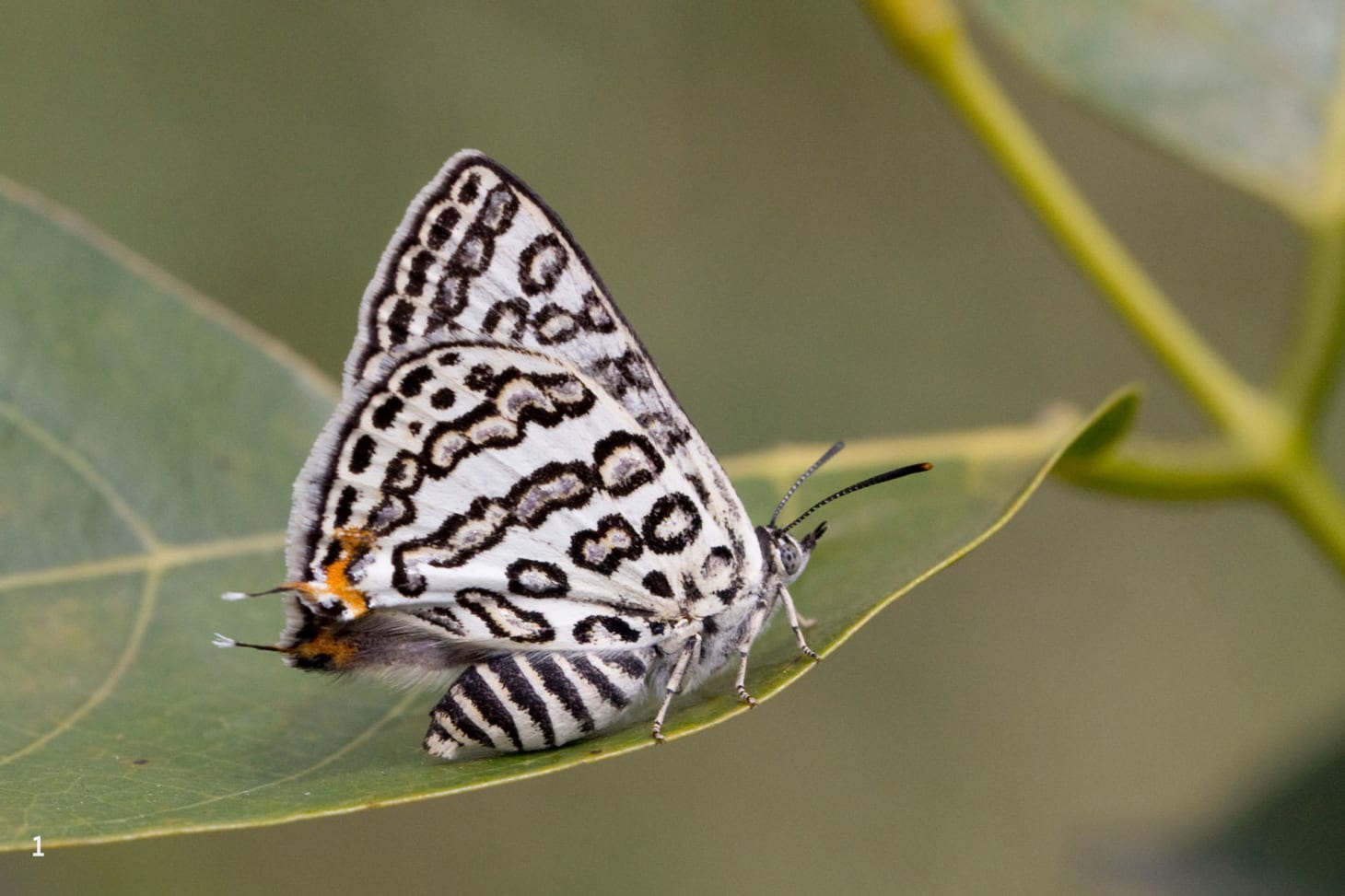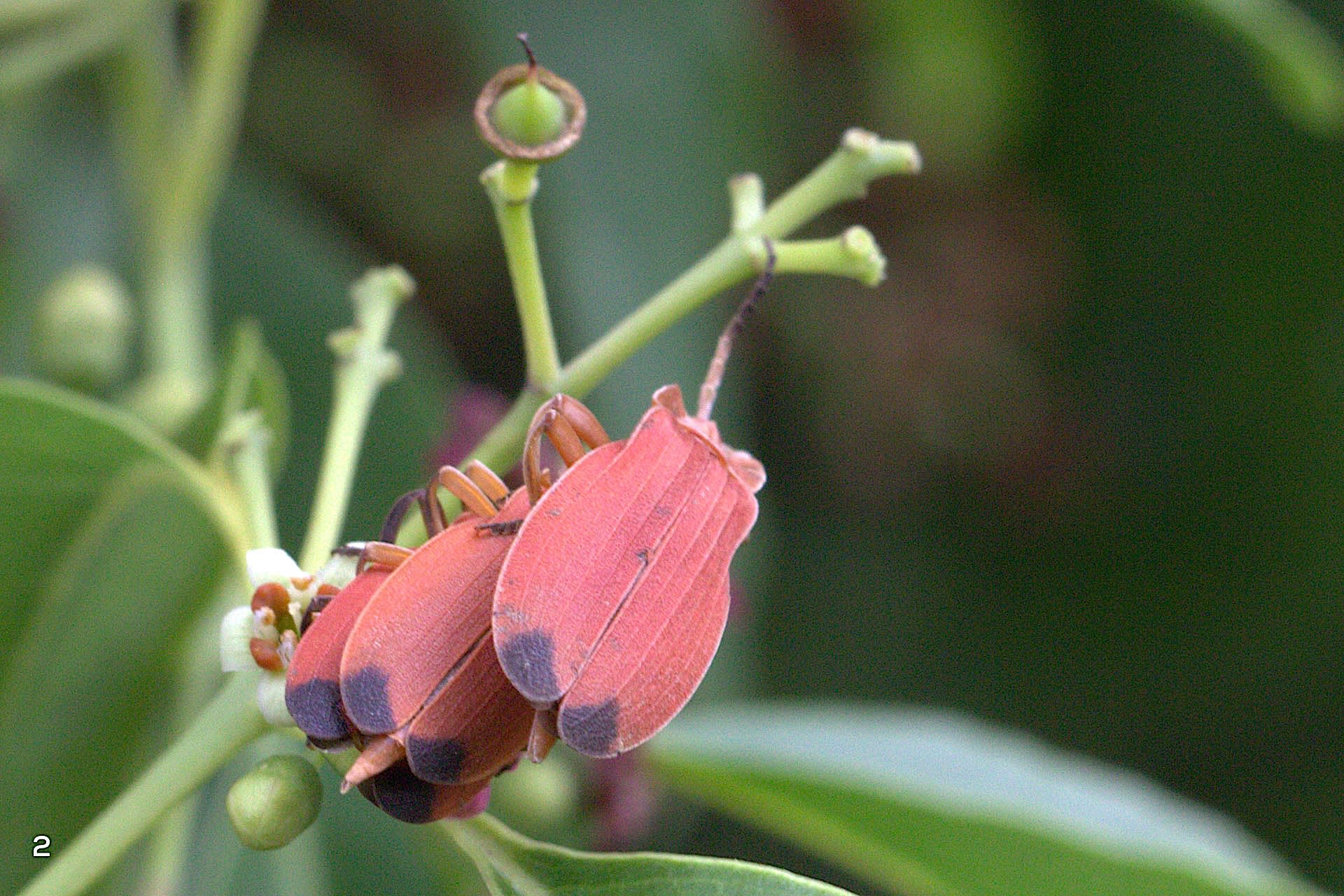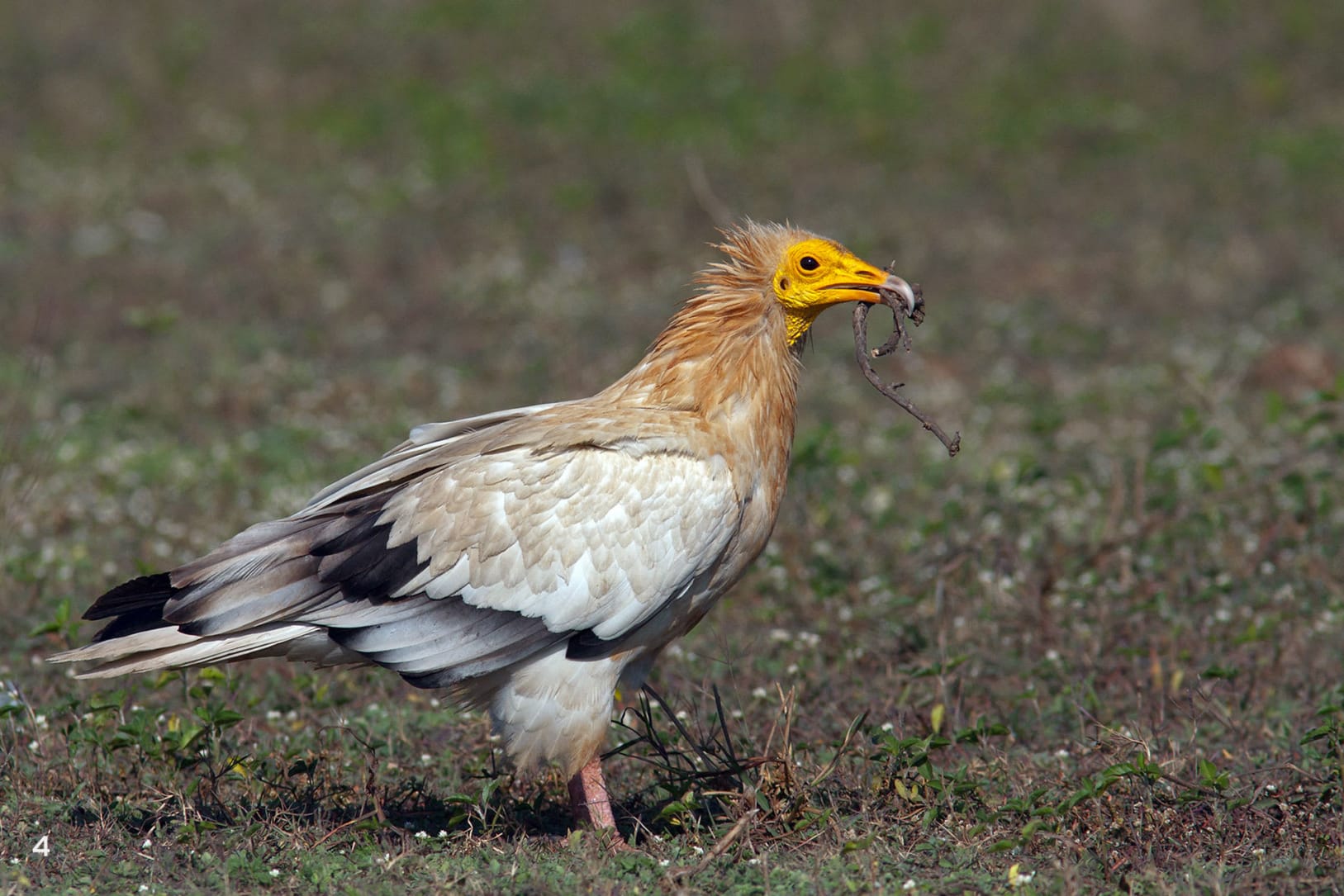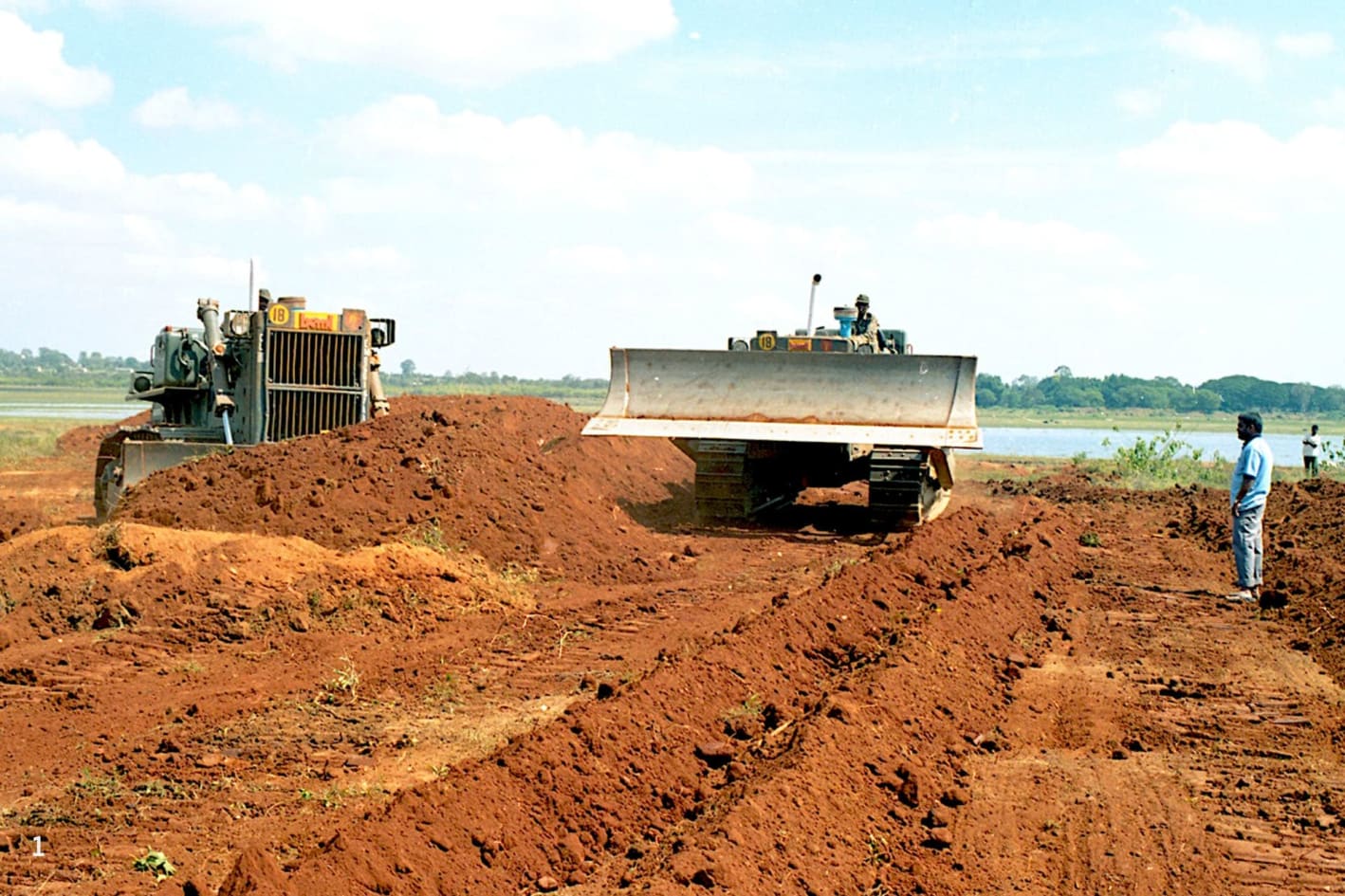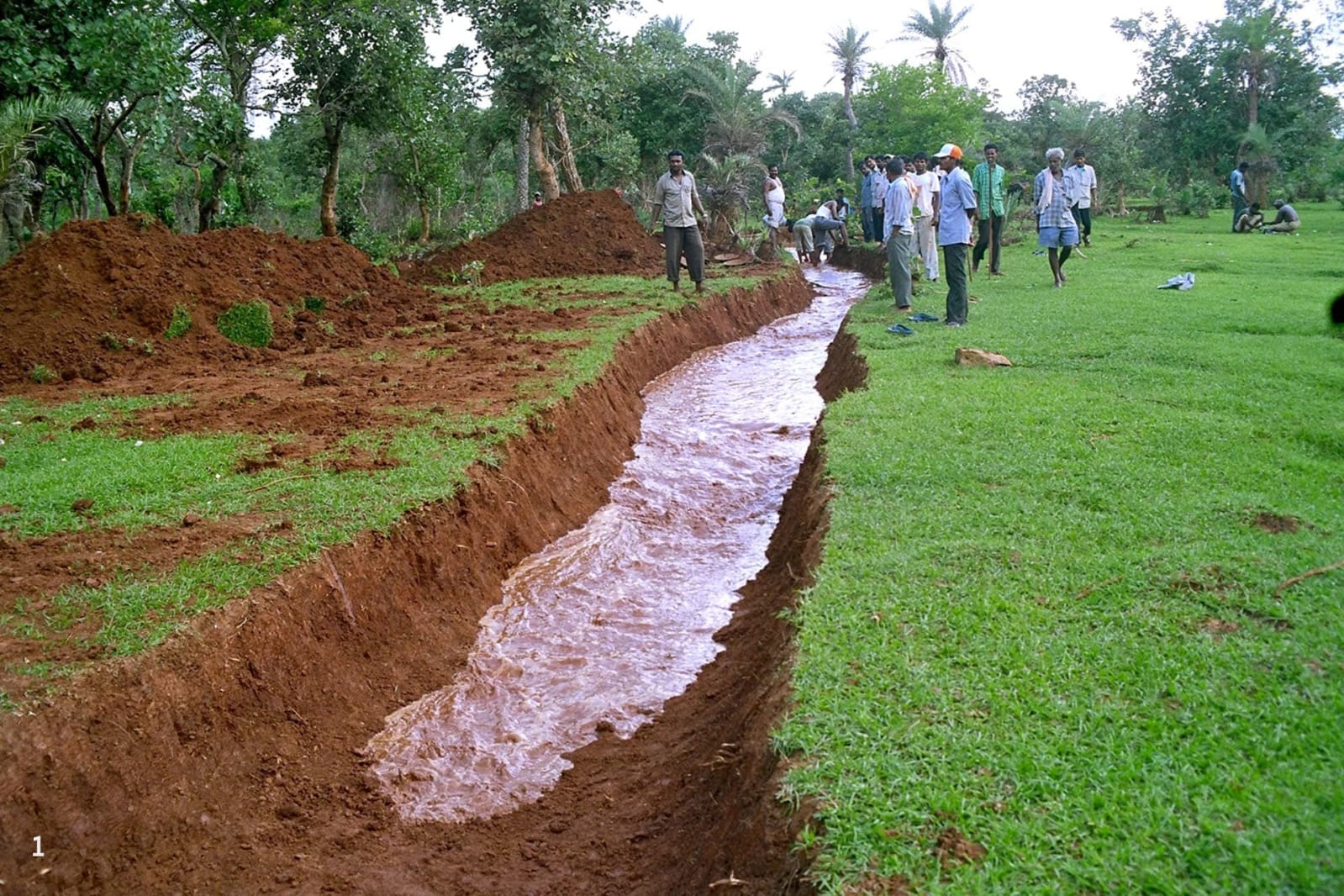 Listen to this article
•
15:34 min
Listen to this article
•
15:34 min
Hesaraghatta Conservation Reserve is a unique biodiversity area on the northwestern outskirts of Bengaluru. It is home to hundreds of species of plants, mammals, reptiles, amphibians, birds, spiders, butterflies, and more. It takes its name from Hesaraghatta Lake, a manmade reservoir on the river Arkavathy (a tributary of the Kaveri). After three consecutive years of drought and famine in the late 19th century, which killed over 100,000 people in the region, Dewan K Seshadri Iyer expanded the lake in 1894 (a plan that displaced several villages). Together with Mysore state chief engineer MC Hutchins, Iyer drew plans to create water capacity and supply water to Bengaluru city.
Though the lake is spread over approximately 1,500 acres, the catchment area of over 3,000 acres around it — including Kyatha and Kakolu lakes — forms a rich,unique biome that is a crucial lung space for the city. At its heart is 356 acres of grasslands (commons), the region’s last savanna. Together with over 900 acres of scrub forest, this is one of the largest biodiversity areas close to northern Bengaluru.
More than a decade after conservationists recommended that it be designated as a conservation reserve, Hesaraghatta has finally got the official tag. The Karnataka government notified it as the Greater Hesaraghatta Grassland Conservation Reserve at the end of February 2025. But the first hopeful sign came in October 2024: the Karnataka government cleared the biggest deck on this path when the State Board for Wildlife (SBWL), headed by the chief minister, accepted the proposal and paved the way for notifying the 5,010 acres around the eponymous lake as the Greater Hesaraghatta Grassland Conservation Reserve (GHGCR). This will be the state’s 15th such reserve. It marks the culmination of citizen activism in the face of opposition fuelled by misinformation and politics.
Cover: Hesaraghatta is a mosaic of wild habitats — a large lake surrounded by scrublands and grasslands — each supportinga variety of flora and fauna. Video: Mahesh Bhat
Besides a handful of state and central government facilities based in this area, mostly associated with agriculture, horticulture,etc., the state government owns almost all these flatlands. However, occasionally, there have been efforts to wrangle the space for various projects (film city, theme park, etc). But each time, the effort was scuttled by citizen activism, spearheaded by photographer and conservationist Mahesh Bhat, who also lives in the area, ATREE fellow, biologist and naturalist KS Seshadri and conservationist late Ramki Sreenivasan.
“In fact, it is the last remaining grassland around Bengaluru, and this is the only metro in the country with grasslands near it. It is Bengaluru’s second-largest lung space after Bannerghatta National Park. If you went back 200 years ago, most of the area that is now the city was grassland and scrub jungle. Apart from being the last remaining grassland and catchment of the Arkavathy, the area is also a crucial wintering ground for birds of prey from Northern India and Central Asia,” Bhat says as we walk through the scrub forest.
The crux of the fight lay in protecting the area’s biodiversity. Where others saw barren land and swathes of scraggly growth (one local government body even attempted tree-planting, leading to disastrous consequences, including the death of over 99 per cent of saplings planted), naturalists were focused on its uniqueness and its roster of natives is impressive. There are 39 grass and scrub species, four invasive species which have now adapted, and 12 tree species. There are 10 species of mammals, seven reptiles, 13 species of amphibians, three species of spiders, 101 species of butterflies and 395 species of insects.
But the most crucial and popular inhabitants are 264 species of birds, including quails, peafowl, egrets, harriers, kites, eagles, vultures, falcons, doves, cuckoos, lapwings, owls and much more. It is the abundance of avian species that first drew Seshadri to Hesaraghatta. “Grasslands are unique and very important native habitats and support incredible levels of biodiversity. Everything from tiny insects to large mammals — like jackals and foxes — can be found in these unique habitats, and they need to be protected,” he says.
Seshadri says that there are several unusual, rare and vulnerable species here, such as the smooth-coated otter, lilac silverline (butterfly; spotted after a gap of 103 years in and around Bangalore), lesser florican, slender loris and European roller. Leopards have been seen occasionally. A new variety of dung beetle (Onitis visthara) has been recorded in the grasslands, and thousands of migratory birds arrive in winter from near the Arctic Circle.
But the open flatlands have faced onslaught on several fronts. Not only has the sprawling expanse appeared enticing to those who see it as mere real estate, unscrupulous nature photographers chasing wildlife have flattened or killed vegetation essential to the habitat for roosting and breeding species.
In 2012, Bhat filed a public interest litigation (PIL) to protect the area and its creatures. The case dragged on for three years, after which the state government gave an undertaking to the court that the land would be protected until the state cabinet decided what to do with it. Meanwhile, Bhat teamed up with Seshadri, Sreenivasan, and others to map out the habitat and make a list of its inhabitants. Around 2013-2014, they submitted their findings to the state forest department and suggested that Hesaraghatta be declared a conservation reserve.
The government was well within its right to do so. According to its declaration, “Any area owned by the State Government, particularly in the vicinity of national parks or sanctuaries and those areas which link one protected area with another, can be notified by the Government, after having consultations with the local communities as a conservation reserve under the provisions of the Section 36A of the Wild Life (Protection) Act, 1972 for protecting landscapes, seascapes, flora, fauna and their habitat. Management of a conservation reserve is done per provisions of the Section 36B of the Act.”
The activists hoped that their suggestions to the government to declare it a conservation area would put a status quo on the whole area – let existing entities remain as is, allow local communities to use grasslands and forests for grazing and other livelihood activities, but prohibit any new activity.“No private lands are involved in this. It is only a layer of ecological protection for government lands and to ensure that no large commercial activity can happen,” Bhat says.
But from time to time, rumblings and efforts to thwart the move arose. Finally, when the proposal came up before the SBWL in 2021, it met with stiff political and local opposition following a sustained campaign of misinformation by some local political leaders and their supporters — telling local communities that they will be evicted, access roads within will be closed/blocked and their livelihoods will be affected. So much so that five of the six jurisdictional gram panchayats opposed the move, and the issue got entangled in a political quagmire. Things got so heated that at one point, Bhat’s house was surrounded by slogan-shouting mobs, and he had to seek police protection. Consequently, the board rejected the proposal to declare the area a conservation reserve. The activists went back to the Karnataka High Court, which directed the government to reconsider.
In 2024, governments changed, and with it came political support from surprising quarters at the local and top levels. Chief Minister S Siddaramaiah is reported to have championed the cause, asking officials to dispel misinformation and accepted the proposal as head of the SBWL in October 2024, following which came the final notification.
Relieved and vindicated, Bhat says, “This move is critical to protect the grassland and its fragile ecosystem since some species are critically endangered or on the verge of extinction.”
Photo sources: lilac silverline, beetles



